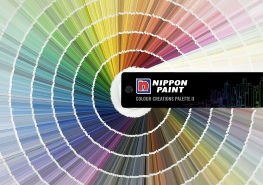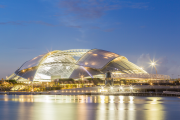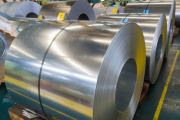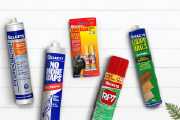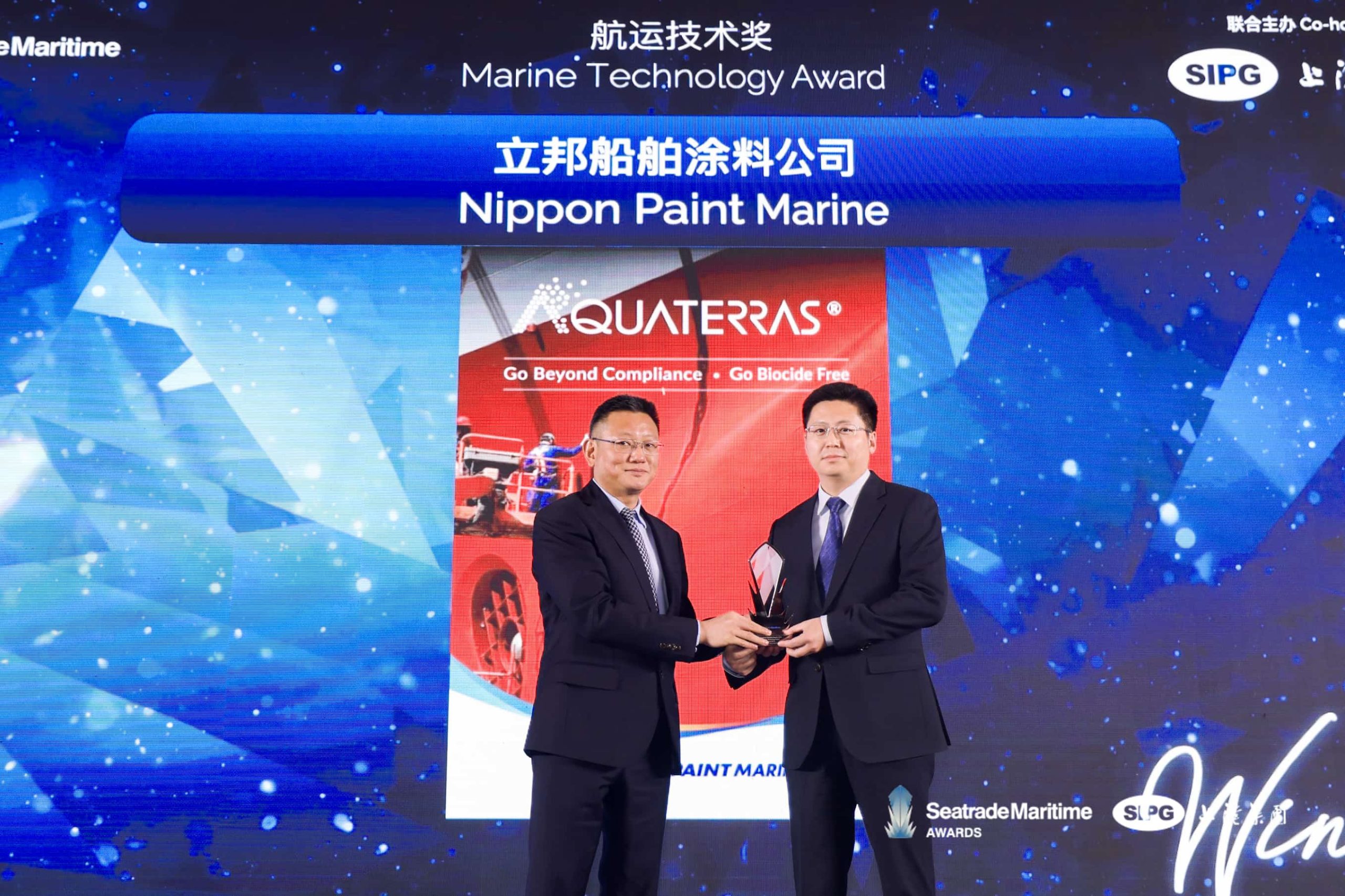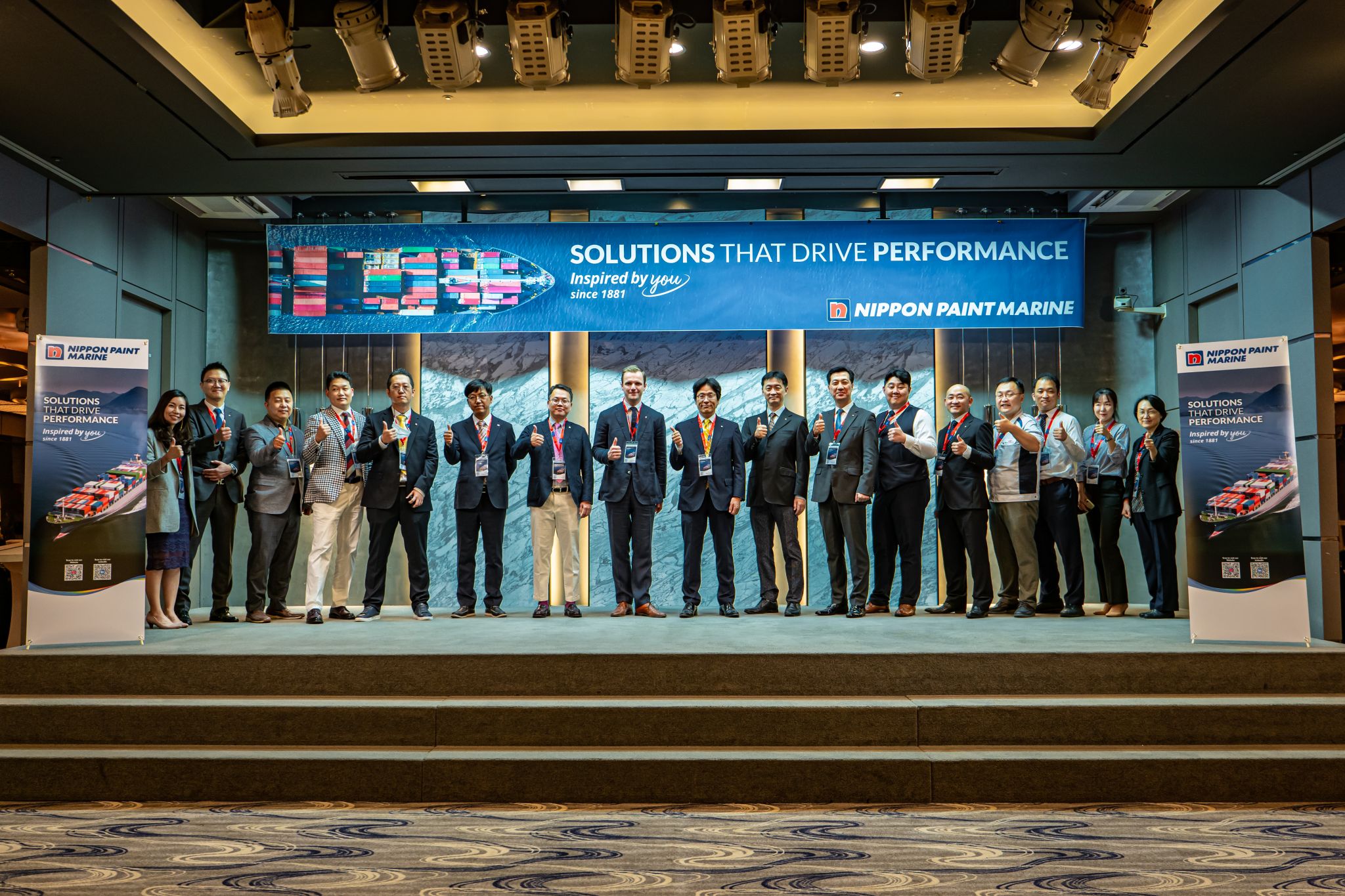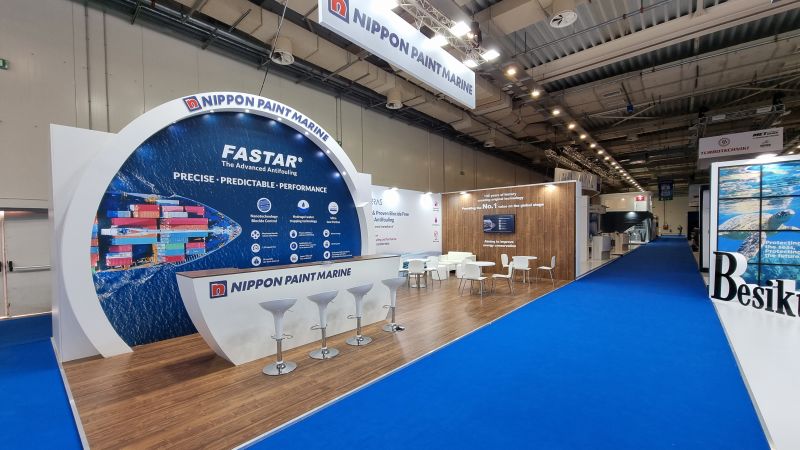Underpinning developments in antifouling
Hydrogel, a term first coined in 1894 but a technology not developed until the 1960s, is arguably one of the world’s most underrated technological advancements of the past 50 years.
The technology underpins countless biomedical breakthroughs and is a fundamental component in the development of new solutions ranging from contact lenses, breast implants, and hair products to disposable nappies, smart tech, wearables and supercapacitors.
But did you know that Nippon Paint Marine was the first to patent the use of hydrogel in self-polishing antifouling paints? The coatings company introduced the world’s first hydrogel-containing antifouling, A-LF Sea, in 2006.
In antifouling systems, a crosslinked three-dimensional network of hydrophilic polymers works within a superefficient copper-silyl-acrylate copolymer paint to ‘trap’ a microscopic layer of water on the coating’s surface as the ship moves through the water.
In essence, the hydrogel technology makes it difficult for biofouling to attach to the ship as it smooths the water flow around the hull, creating a slippery surface not dissimilar to how the thick mucous membrane of tuna skin works to help the fish speedily glide through the ocean.
On a ship, this ‘tuna skin cladding’ reduces hull-to-water friction to such an extent that fuel consumption and emissions are reduced dramatically.
Indeed, in the conclusion to their 2012 paper, Antifouling Properties of Hydrogels Takayuki Murosaki, Nafees Ahmed and Jian Ping Gong, wrote: “Owing to the high water content and lack of toxicity, hydrogels are environmentally benign antifouling materials. We believe that hydrogels, having a soft and wet structure similar to that of marine organisms, will help reduce economic loss in marine fields and preserve marine environment.”
Since the market introduction of A-LF Sea, the hydrogel-containing coating system has improved the energy and environmental efficiency of more than 4000 ships, reducing the amount of energy needed to propel the ship through the water by more than 8%. The environmental benefits are obvious.
This is how the hydrogel works in Nippon Paint Marine’s A-LF-Sea and the recently introduced FASTAR XI antifouling systems.








